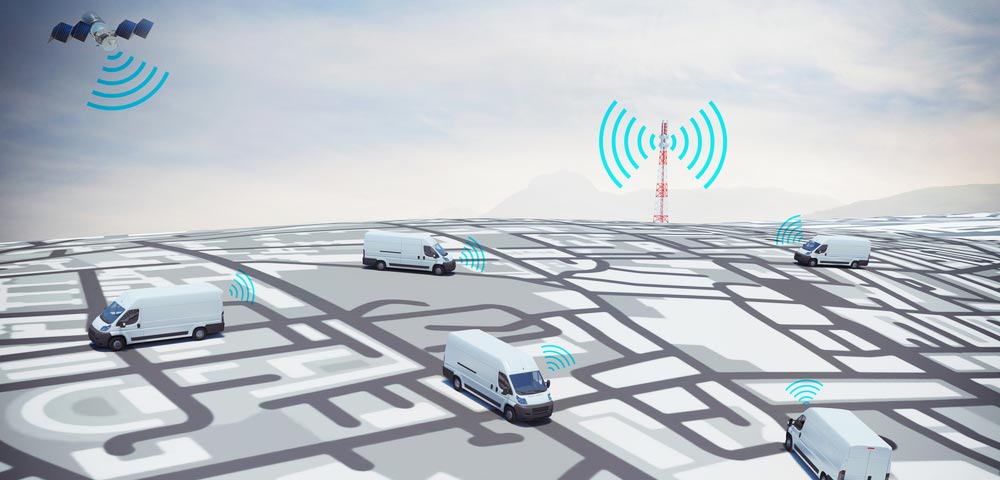This post is provided by Jason Dirkham.
Fleet management might not be the sexiest subject under the sun, but for many businesses, it is a pressing issue, especially during the COVID-19 pandemic. Connected vehicles are no longer science fiction, though. They’re science fact. And they’re having a massive impact on the way that we all do business.
Connected fleets are offering a host of benefits, including:
- Cutting the size of the fleet, lowering costs
- Improving both employee and customer safety
- Reducing the cost of downtime
- Improving the timeliness of servicing
It is, therefore, a big step towards higher productivity.
Real-Time Fleet Mobility
Traffic jams represent an annoyance for the average driver, but they’re a significant cost for companies that rely on fleets. Multiple vehicles stuck in traffic can cost thousands of dollars.
Connected vehicles, however, change the dynamics considerably. A driver who hits a traffic jam can immediately send out a warning to others to avoid a particular section of the road. Fleet management software then updates the routes of other drivers, rerouting them around the obstruction.
Improved Driver Monitoring And Telematics
A lot of truck accident legal cases revolve around what the driver was doing at the time of the accident. Were there eyes fixed firmly on the road ahead? Or were they trying to pilot a fifty-ton vehicle while balancing a bowl of Cheerios on their lap?
In-truck telematics will increasingly shed light on this. Currently, CCTV cameras record some drivers to make sure that they’re doing their jobs correctly. But in the future, we could see additional monitors and sensors to track all kinds of things and feedback information to the head office. Machine learning systems, for instance, will monitor driver tiredness levels and feed data back to base. Managers can then call their colleagues and instruct them to pull over for a coffee and a rest.
Predictive Maintenance
The majority of fleet managers maintain their vehicles on a schedule. Every six months or so, they take them to the mechanic to keep them ticking over.
But while this might be standard practice, it is not necessarily efficient. A lot of vehicles that need a service after four months remain on the road longer than they should. And many trucks that don’t require a service at all wind up in the care of a mechanic. Thus, there are savings to be made.
Connected vehicles with sensors, however, get around this problem. For the first time, fleet managers can watch the status of critical components in real-time. If sensor data indicates that an element looks like it is going to fail, the onboard computer will issue a warning and send it back to the head office. Managers can then arrange for preventive maintenance at the repair shop in the next few days.
Predictive maintenance also has another benefit: it cuts the cost of fuel. It allows you to seek out and eliminate inefficiencies in your drive train, slashing overall expenses. Tracking mileage can help too.
Are you planning on using connected vehicles to improve your fleet management?
This post is provided by Jason Dirkham.

